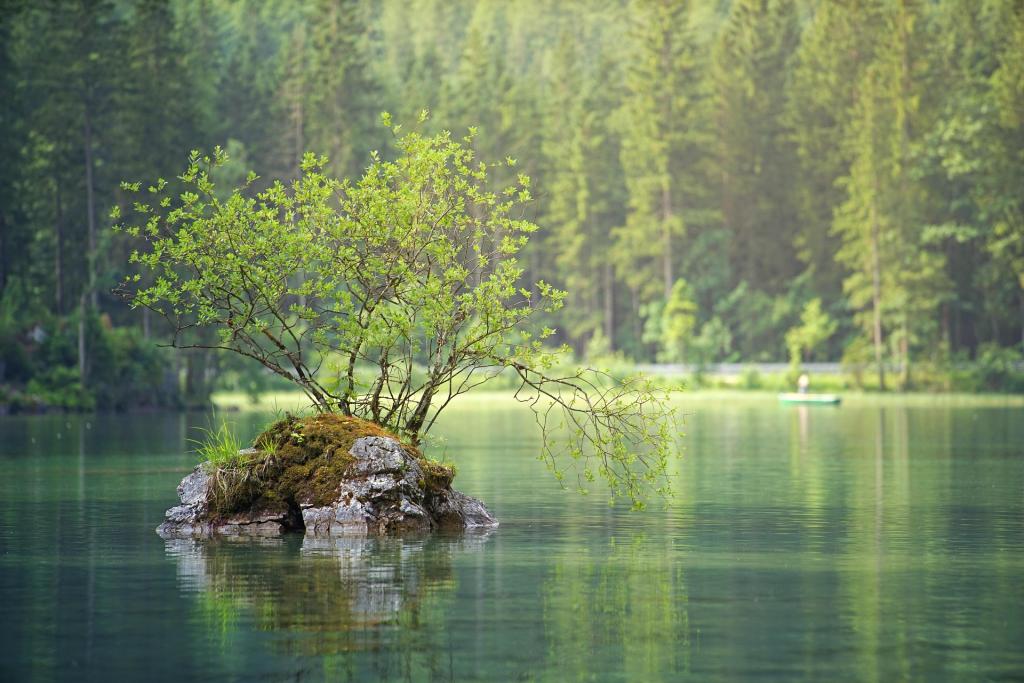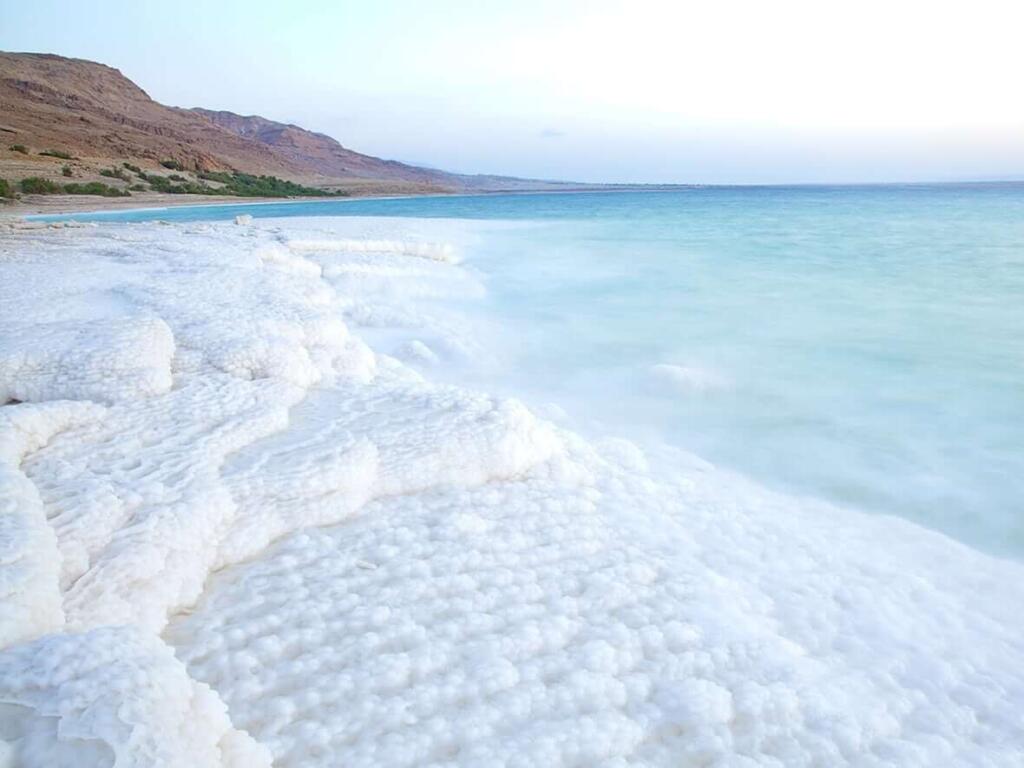
Photo courtesy of Wikimedia Commons
When you think of lakes, perhaps only freshwater lakes come to mind. However, this isn’t always true. While 4% of the earth’s surface is composed of lakes, many of the largest ones are salt lakes. These lakes include Utah’s Great Salt Lake, The Caspian Sea (debate continues over its status as a sea or lake), and Lake Urmia in Iran. It’s safe to say that salt lakes are a fascinating natural feature, and we’re here to answer commonly asked questions about them.
Why Are Most Lakes Fresh, Anyway?

It’s important to start from the beginning — rainfall. First off, all rain falls as freshwater onto the earth’s surface. When the water flows, it erodes rocks and soil containing sodium chloride (common salt). These minerals dissolve into the water. However, lakes and rivers’ salt content flows into the ocean, and fresh rainfall keeps them from becoming salty.
Meanwhile, the ocean collects the salt from multiple lakes whose tributaries eventually flow into it. This salt migration is why oceans are salty while lakes are fresh. The National Ocean Service estimates that rivers and lakes carry around 4 billion tons of dissolved salts into the sea each year.
How Are Saltwater Lakes Formed?

Most lakes lose their saline quality because the ocean absorbs it. However, if a lake is landlocked, it retains its salty quality. Essentially, salt lakes form when freshwater flows into the lake, but cannot exit due to a lack of outflow. When water evaporates, the salty minerals are left behind to mix with new rainwater. In short, if a lake has no outflow, it eventually becomes a salt lake.
How Salty Are Salt Lakes?

The formation of a salt lake depends on the lake’s geography and season. Each of the salt lakes is different. Compared to the average ocean’s 3.5% salt content, the Great Salt Lake has between 10-30% saline quality, while the Dead Sea is 35% salt. Part of the difference comes from their climates. Jordan and Israel’s environment is arider than the Great Salt Lake.
According to the Geographic Society of Chicago, evaporation is greater than the local rainfall in dry lake areas. When more water is evaporated without fresh rainwater to replenish it, water bodies are left with higher concentrations of salt. This phenomenon can happen in hotter seasons, as well.
Can You Swim in Salt Lakes?

It is technically possible to swim in a salt lake. However, it depends on the lake and whether you’re a self-described adventurous swimmer. While Salt Lake City is named for its Great Salt Lake, it’s not considered a swimming destination. Locals usually never take a dip, and a source for NPR described its waters “like swallowing a battery.” The high salt content makes tasting these waters repulsive.
It’s also worth noting that you don’t swim so much as you float in a salt lake, depending on how salty it is. Humans are already buoyant, and the water’s salty quality practically turns us into lake floats. In the Dead Sea bordering Israel and Jordan, swimmers say it’s impossible to dive and paddle. So enjoy the effortless float!
Which Lakes Are Saltwater?

Besides the Great Salt Lake, other salt lakes in the U.S. include Soda Lake in Washington State and Walker Lake in Nevada. Around the world, several other countries have saltwater lakes. Examples include Lake Tuz in Turkey, Little Manitou Lake in Canada, and Lake Baskunchak in Russia. In Australia, the hot weather and little rainfall across most of the continent have resulted in thousands of saltwater lakes.
However, saltwater lakes are not exclusive to hot areas. On the extreme opposite end of the spectrum, Don Juan Pond is a salt lake in Antarctica. Its waters are so salty that it rarely freezes — even in one of the world’s coldest climates!
As it turns out, the recipe for salt lakes includes more than a “pinch of salt.” These high saline qualities make for interesting water bodies, fun floating opportunities, and many natural resources.

